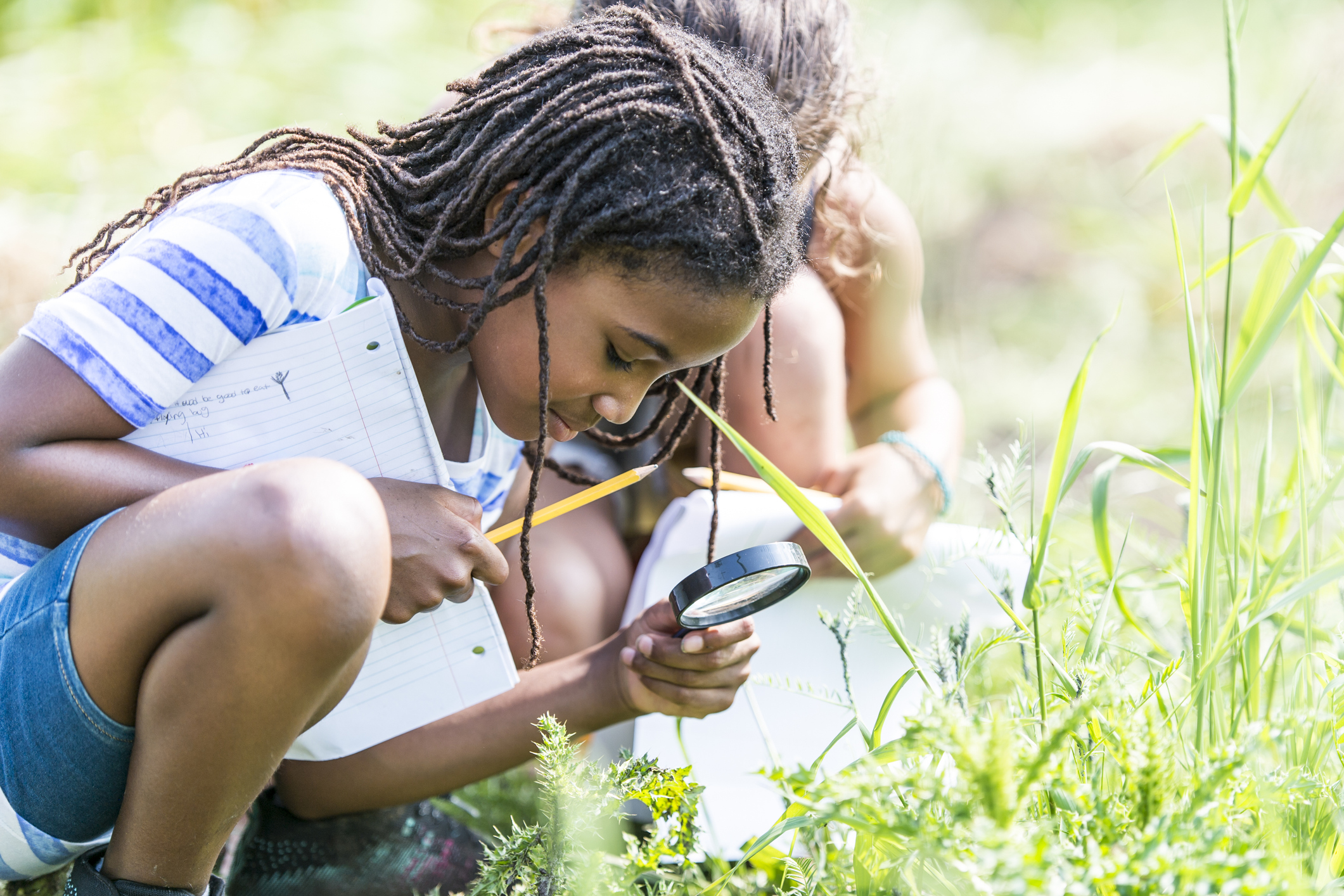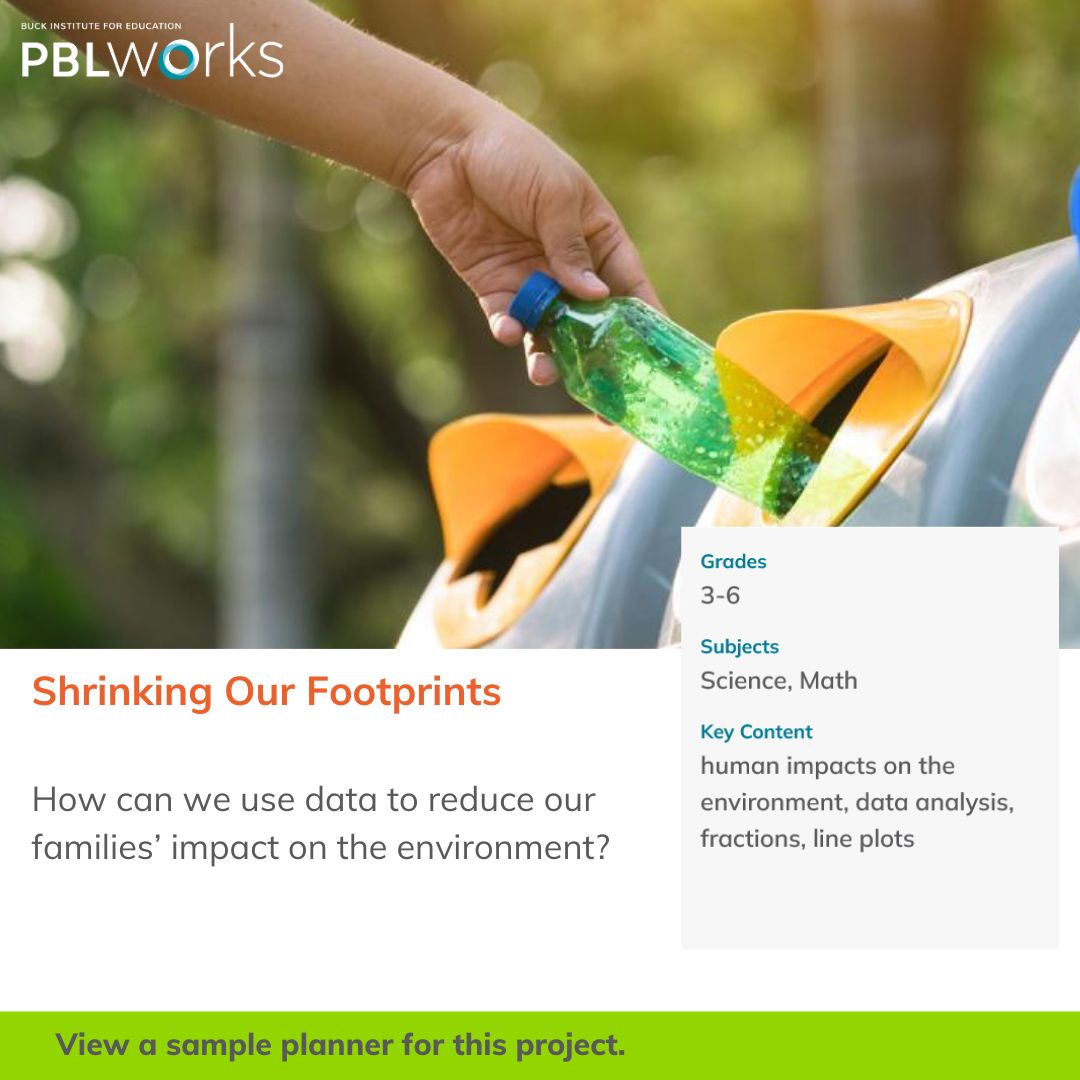
Across the globe, communities honor Earth Day (April 22) with programs and celebrations that deepen our connection to the natural world.
The first Earth Day took place in the U.S. in 1970, and it was officially designated by the United Nations General Assembly in 2009. The day calls on us to care for the ecosystems that sustain life—and to recognize the interconnectedness of climate, equity, economy, and education.
As educators and learners, we each hold power and responsibility—because it’s our world to care for, today and for future generations. Beyond the celebration lies a deepening urgency—a call to action that touches us all. The stakes are high. From deforestation and biodiversity loss to rising consumption and environmental injustice, we’re witnessing the rapid unraveling of ecological, cultural, and social systems. These challenges are not isolated; they stem from shared root causes that demand a collective response.
In the face of these challenges lies a powerful opportunity. Regardless of subject area or grade level, we can weave concepts of sustainability and environmental responsibility into projects. A literature class might explore how dystopian fiction reflects ecological collapse. In math, students can analyze data sets related to rising sea levels or air quality in different regions. A history project might investigate environmental movements across time and their intersections with civil rights. In art and design, students might create or develop prototypes with sustainability as a core design criterion—considering materials, waste, and environmental impact as part of the creative process.
There are so many possibilities, and Project Based Learning sets the perfect stage for it.
Ready to provoke action and conversation in your classroom?
To support you in exploring this with your students, we’ve curated a collection of resources: three powerful projects, inspiring videos, insightful blog articles, and stories of young changemakers who are already making an impact. Each one is designed to ignite inquiry, deepen understanding, and empower learners to see themselves as part of the solution.
 Projects
Projects
Toy-Rescue Mission (Grades K–2)
Driving Question: How can we give toys a second life?
Students take on the role of toy designers as they investigate how to create a circular economy for toys by repurposing old or broken ones into something new.
Shrinking Our Footprints (Grades 3–6)
 Driving Question: How can we reduce the impact of our food-growing systems on the environment?
Driving Question: How can we reduce the impact of our food-growing systems on the environment?
Students design an experiment (grounded in research on sustainable gardening practices) that tests the impact a food-growing method has on the environment.
Grow it Green Grades (6–8)
Driving Question: How can we reduce the impact of our food-growing systems  on the environment?
on the environment?
Students design an experiment (grounded in research on sustainable gardening practices) that tests the impact a food-growing method has on the environment.

Videos
Taking Care of Our Environment Project:
In this Transitional Kindergarten project, students identify environmental issues within their school and form teams to address them. They design tools, create instructional materials, and present their solutions to peers and parents, fostering early civic engagement and problem-solving skills.
11th-grade chemistry students in Brooklyn investigate the Flint, Michigan water crisis to explore environmental racism and its local implications. They conduct experiments to find effective corrosion inhibitors for lead pipes and share their findings with experts and officials, integrating science with social justice.
Juliana Urtubey's Garden Project:
At Crestwood Elementary in Las Vegas, special education teacher Juliana Urtubey, the 2021 National Teacher of the Year, transformed unused school grounds into a thriving garden and outdoor classroom. This space became a hub for hands-on learning and community collaboration, bridging cultural gaps and enhancing student engagement.
Young Changemakers
As we strive to empower our students, it's crucial to show them that heroes come in all ages—and that their voices, too, can make a powerful impact. Take, for example, these young leaders who are reshaping our future through their passion for the environment:
Gitanjali Rao: TIME’s first-ever “Kid of the Year” in 2020, this 15-year-old scientist and innovator uses technology to address real-world challenges—from water contamination to cyberbullying.
Autumn Peltier: A 15-year-old Anishinaabe water protector from Canada, Autumn has advocated for clean water and Indigenous rights since she was eight—speaking before the UN and world leaders.
Greta Thunberg: The Swedish teen who sparked the “Fridays for Future” movement, Greta continues to hold global leaders accountable for climate inaction, inspiring millions of students worldwide.
These are just a few of the examples you can uplift during projects that explore topics connected to the environment. The stories of changemakers can inspire and empower your students, enriching the project experience for your class.
We hope these resources inspire both reflection and action, not just on Earth Day, but throughout the year. So, whether you begin with a classroom conversation or a full-scale project, know that your work matters. Let’s make this more than a one-day celebration—let’s make it a shift in how we teach, learn, and live together on this planet.
Further Reading (Blogs):
- The Most Important Project Ever: Climate Change
- An Evening of Climate, Science & Theater: Our Grade 6–7 Project
- A Project Empowers Students to Improve Air Quality (& Reduce Greenhouse Gases)
- Passion is Contagious: Our Sustainable Living Project
- #FindYourProject - How National Parks Inspire Amazing Gold Standard Projects
Have you led a project that tackles environmental issues or climate change?
We want to hear from you! Share your story and inspire others with the powerful ways you're making an impact. Your project could be featured in our upcoming spotlight series!

